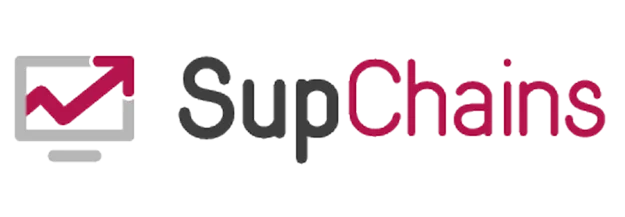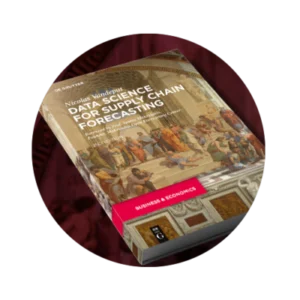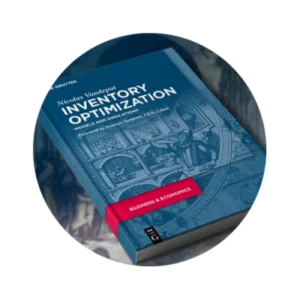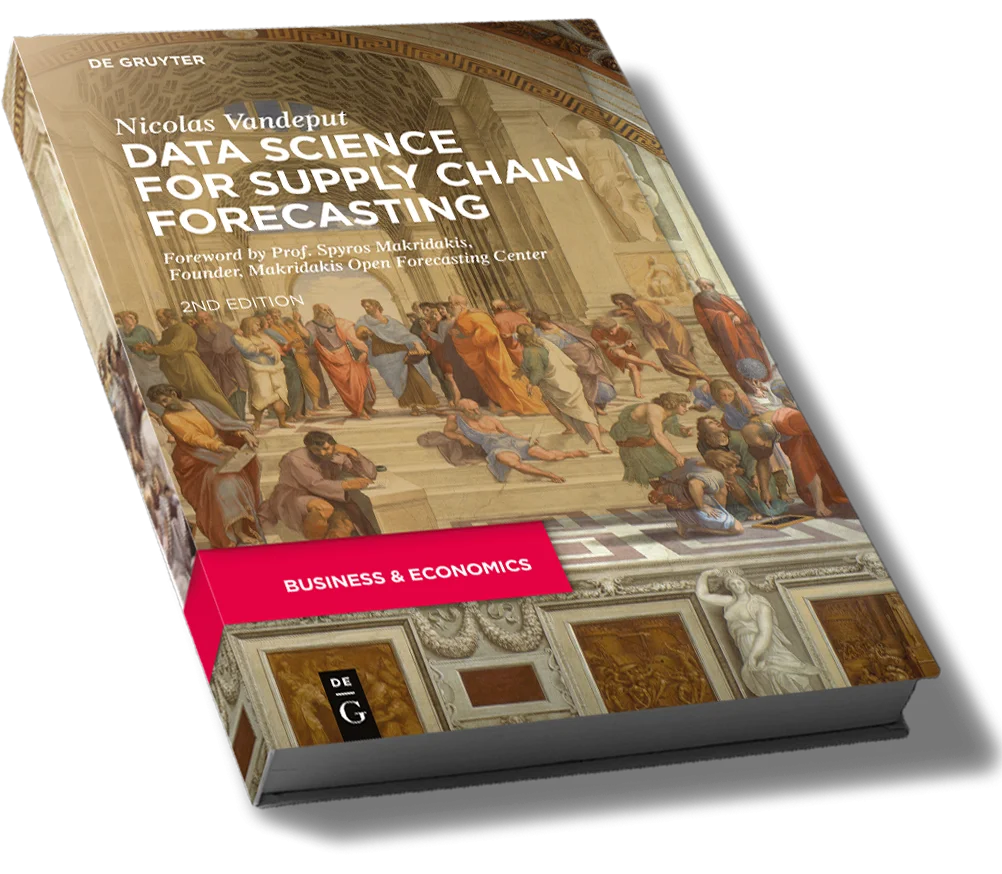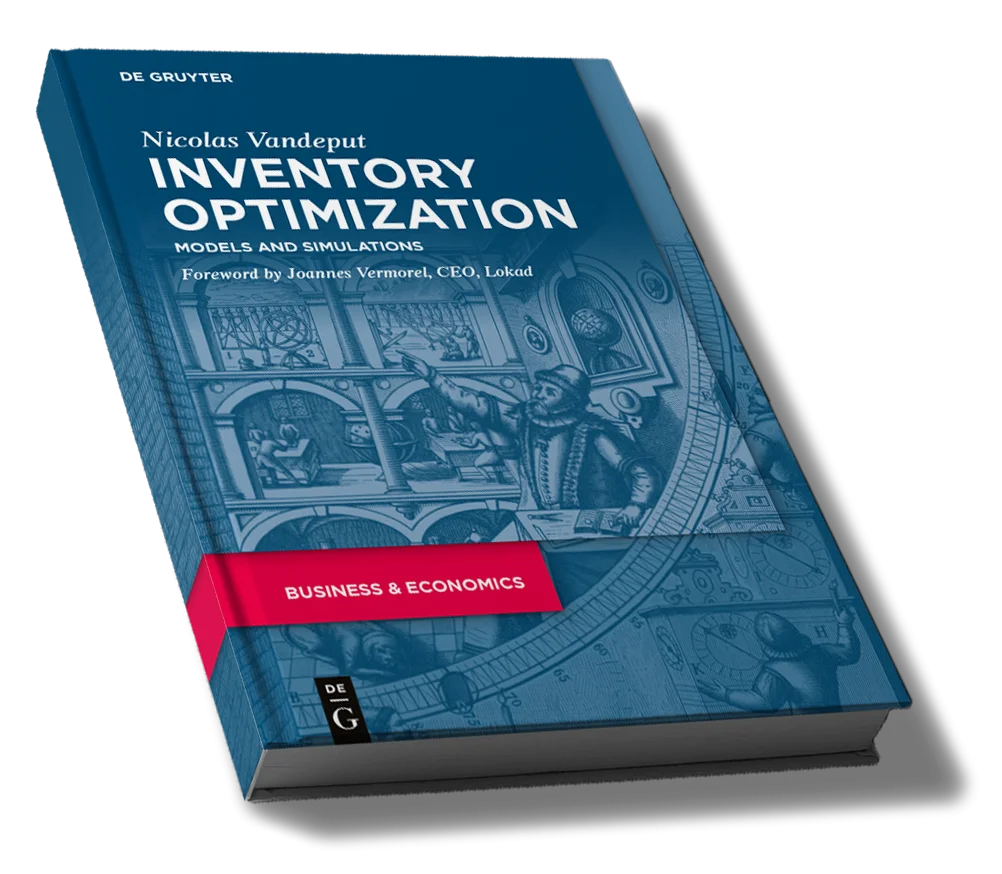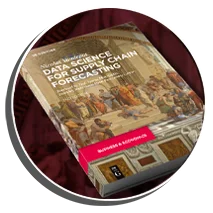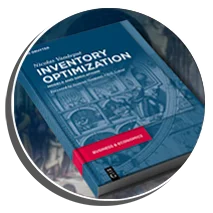Find out how we can help you optimize your supply chain.
DATA SCIENCE FOR SUPPLY CHAIN FORECAST
Data Science for Supply Chain Forecast is the ultimate book for supply practitioners to learn how to use data science and machine learning to forecast demand. The book is full of examples, code extracts, ideas, and step-by-step how-to show you can do it. You don´t need a math PhD nor to be an IT genius, to start using machine learning today.
CHAPTERS
Data Science
Learn what is underfitting & overfitting and how you can avoid both. Create your own models to spot demand outliers and correct them automatically. Understand what are the differences between all the forecast KPI (RMSE, MAE & MAPE) and which is best suited to your dataset.
Machine Learning
Discover what is machine learning and start to experiment with one of the 6 models explained in the book. Create one of the most advanced forecast models and let your computer classify the different products into categories.
Statistical Models
Statistical models will allow you to understand the underlying structures behind the demand of any products. It will also be a great addition to any machine learning model. Data Science for Supply Chain Forecast will cover 6 different statistical models to get you up-to-speed.
Python
The book contains a short introduction to python and multiple code extracts as well as practical how-to for YOU to experiment with the different algorithms. You don’t need to be an IT person to start to apply your machine learning models.
INVENTORY OPTIMIZATION MODELS AND SIMULATIONS
“In his second book, Inventory Optimization : Models and Simulations, Nicolas Vandeput hacks his way through the maze of quantitative supply chain optimizations. This book illustrates how the quantitative optimization of 21st century supply chains should be crafted and executed… Vandeput is at the forefront of a new and better way of doing supply chains, and thanks to a richly illustrated book, where every single situation gets its own illustrating code snippet, so could you.”
Joannes Vermorel (CEO Lokad)
CHAPTERS
Deterministic Supply Chains
Where our inventory optimization journey starts by discussing common inventory policies and then creating the first simple deterministic model. This part will lay the necessary ground for the next parts.
Stochastic Supply Chains
Where you will create your first stochastic model: first based on stochastic demand only, then all together with stochastic lead times. You will also implement your own first inventory simulation. Going forward, it will help you to assess the accuracy of each of your models.
Advanced Stochastic Models
We will discuss the expected backorders and fill rate. Then you will learn to minimize the cost of your inventory policies and create policies for non-normal demand. These techniques should help you to optimize and refine your inventory policies beyond what is usually done in the industry. Finally, you will answer the question “where should we locate inventory” as you will create a model to optimize a multi-echelon inventory thanks to an original framework.
Discrete Inventory Optimization
You will learn to use simulations to optimize inventory policies. We discuss first a simple newsvendor model, then we model custom demand probability distributions thanks to kernel density estimations, to finally optimize complex inventory policies thanks to simulations.
